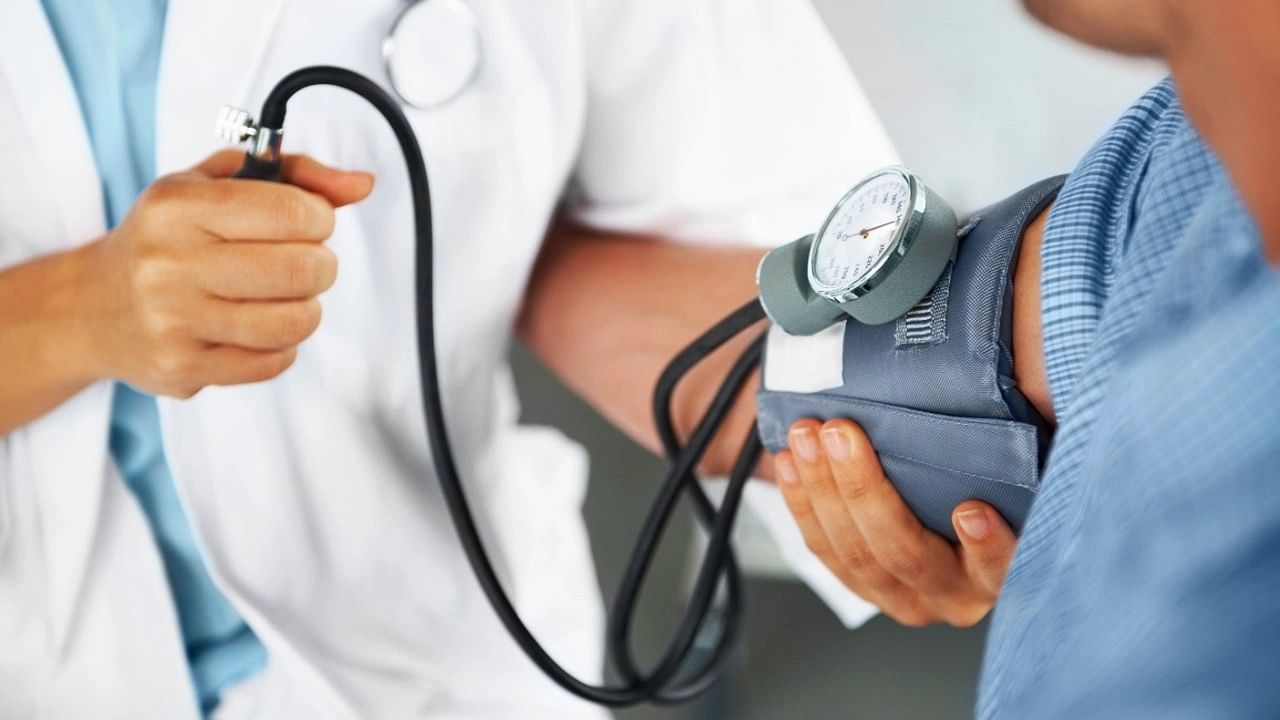
Representative image of a doctor checking a patient's vitals.
Credit: iStock Photo
The World Health Organisation’s first report on hypertension, which was released last week, has sounded a serious warning about the wide prevalence of the condition the world over and its implications for public health. It has emerged as a major cause of death and disability in both developed and developing countries. It is the fourth contributor to premature deaths in developed countries and seventh in developing countries. It is estimated that nearly 30 per cent of the global adult population will suffer from hypertension by 2025. Apart from genetic factors and old age, the main reasons for hypertension are obesity, smoking, alcoholism, sedentary lifestyles, increased stress levels, and ailments like diabetes. Many of these contributory factors are gaining greater hold and hence hypertension cases are also increasing. Its prevalence is increasing in both urban and rural areas. It leads to heart attack, strokes, kidney diseases and other debilitating diseases.
About half the people in the 30-79 years age group worldwide have hypertension and most of them live in low and middle-income countries. It is called a ‘silent killer’ because less than half of them are diagnosed and treated. Only about 1 in 5 adults have it under control. A global target has been set to reduce hypertension by 33 per cent by 2030. A major handicap in fighting the condition is that people with high blood pressure, which is the manifestation of hypertension, may not feel the symptoms at least in the early stages. Checking the blood pressure is the best way to diagnose it, but this is not usually done, especially in countries like India where public health facilities are poor and awareness levels low. The WHO report says that if countries can scale up coverage, a large number of deaths and diseases caused by hypertension can be avoided.
India has a heavy burden of hypertension. About 188 million adults aged 30-79 years have the condition. It has been diagnosed only in 37% of the population. Only 30 per cent are treated and just 15 per cent have it under control. Surprisingly, women fare better than men in diagnosis and treatment. The report said that to achieve 50 per cent control rate in India, 67 million more people with hypertension need to be treated. India has a huge challenge in preventing it from rising, and in treating those who have it. Lifestyle changes have to be made, and there is the need for diet discipline. Campaigns need to be launched to educate people on hypertension, and public health facilities should be improved for diagnosis and treatment of the condition. The treatment is not expensive, but failure to treat hypertension can prove costly.